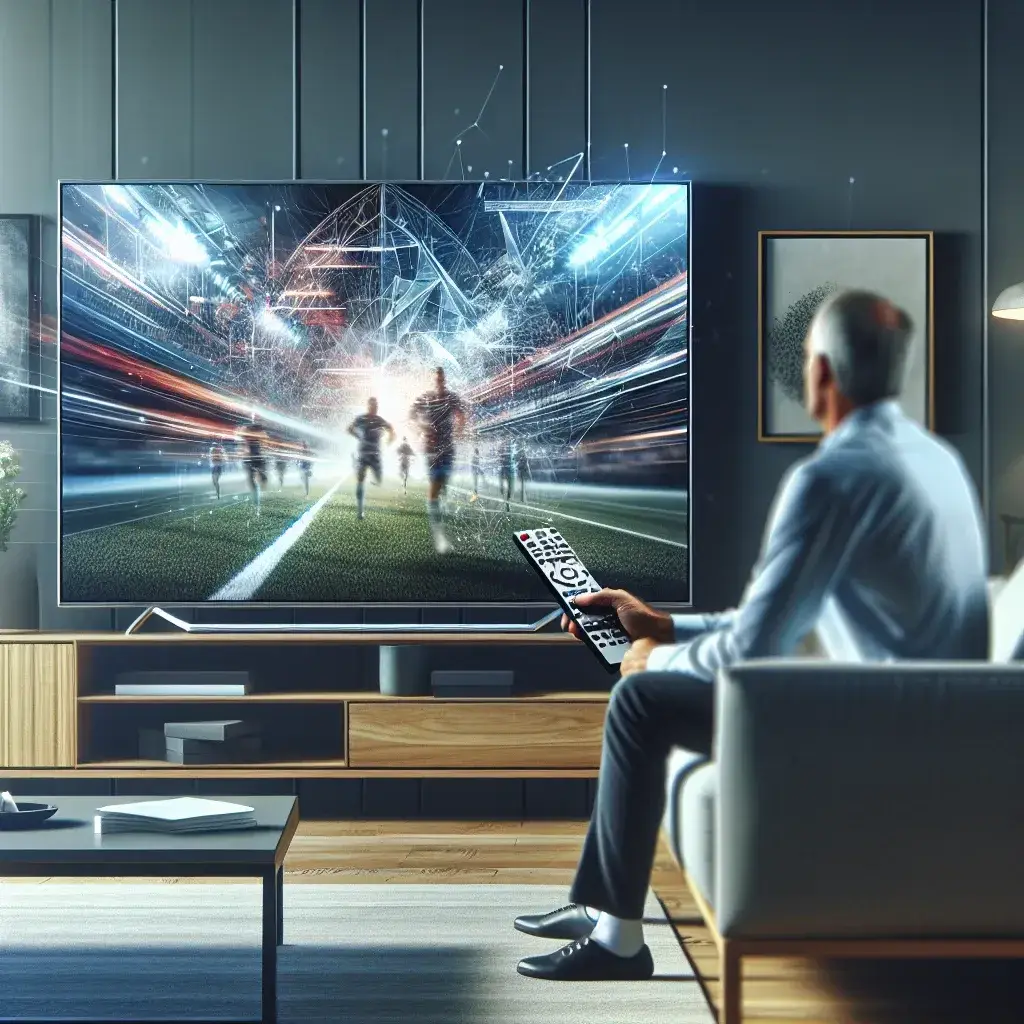Introduction
In the rapidly evolving landscape of digital advertising, Roku has emerged as a key player, particularly in the realm of live television. With an increasing number of viewers shifting from traditional cable to streaming services, Roku is now experimenting with context-aware ad placement during live TV broadcasts. This innovative approach aims to enhance viewer engagement while maximizing advertising effectiveness. In this article, we will delve into the intricacies of this new strategy, the implications for advertisers and viewers alike, and what the future holds for TV advertising.
Understanding Context-Aware Advertising
Context-aware advertising refers to targeted advertisements that are tailored to the specific context in which they are displayed. This can include factors such as the content being viewed, the time of day, and even the viewer’s past behavior and preferences. Roku’s experiments with this technology mean that ads are not just randomly inserted during commercial breaks but are instead strategically placed to align with the content, enhancing the overall viewing experience.
The Evolution of Advertising on Roku
Since its inception, Roku has been at the forefront of streaming technology. Originally known for its hardware, the company has significantly expanded its focus on software and advertising solutions. The shift towards context-aware ad placement is a natural evolution of Roku’s advertising strategies. By leveraging data analytics and viewer insights, Roku is positioning itself to deliver a more personalized and relevant advertising experience.
Key Features of Context-Aware Ad Placement
- Relevance: Ads are aligned with the content currently being viewed, ensuring that they are more relevant to the audience.
- Timing: Ads are placed at moments when viewers are most likely to be engaged, improving the chances of interaction.
- Analytics: Advanced data analytics allow advertisers to track performance metrics and make real-time adjustments based on viewer responses.
- Interactivity: Viewers may have the opportunity to interact with ads, such as clicking on them for more information or making immediate purchases.
Pros and Cons of Context-Aware Advertising
Advantages
- Enhanced Viewer Experience: By providing relevant ads, viewers are less likely to feel annoyed or disrupted during their favorite shows.
- Increased Engagement: Context-aware ads tend to generate higher engagement rates, as they resonate more with viewers.
- Better ROI for Advertisers: Advertisers are likely to see improved returns on their investment due to the targeted nature of the advertisements.
Disadvantages
- Privacy Concerns: The collection and analysis of viewer data raises questions about user privacy and data security.
- Over-Saturation: If too many context-aware ads are placed, it could lead to viewer fatigue and diminished returns.
- Complexity: Implementing such advanced technology requires significant investments and expertise from both Roku and advertisers.
Real-World Examples and Case Studies
To illustrate the effectiveness of context-aware ad placement, consider a popular cooking show on a Roku platform. During a segment focused on Italian cuisine, viewers might see advertisements for Italian restaurants, cooking utensils, or ingredients. This level of targeted advertising not only caters to the audience’s interests but also drives higher engagement rates.
Another example could be a live sports event where viewers are shown ads for sports merchandise or local sports bars, aligning perfectly with their current interests. These real-time placements can significantly enhance ad recall and drive immediate action from viewers.
The Future of Advertising on Roku
As Roku continues to refine its approach to context-aware advertising, we can expect to see several trends emerging. Artificial intelligence and machine learning will play a crucial role in analyzing viewer behavior and preferences, allowing for even more precise ad placements. Additionally, partnerships with brands and content creators will likely become more prevalent, creating unique advertising opportunities that resonate deeply with audiences.
Predictions for 2024 and Beyond
- Increased Personalization: Expect to see a rise in hyper-personalized ads that cater to individual viewer habits and preferences.
- Integration with Social Media: Advertisers may leverage social media insights to further refine their targeting strategies.
- Expansion of Interactive Ads: More brands will likely embrace interactive advertising formats, offering viewers the chance to engage directly with ads.
Conclusion
Roku’s experiments with context-aware ad placement during live TV broadcasts present a significant opportunity for both advertisers and viewers. By aligning ads with viewer interests and content relevance, Roku is taking a bold step towards revolutionizing the advertising landscape. While there are challenges to overcome—particularly concerning privacy and user experience—the potential benefits are undeniable. As we look ahead, it’s clear that context-aware advertising is poised to transform how we experience live television, making it more engaging and relevant than ever before.

